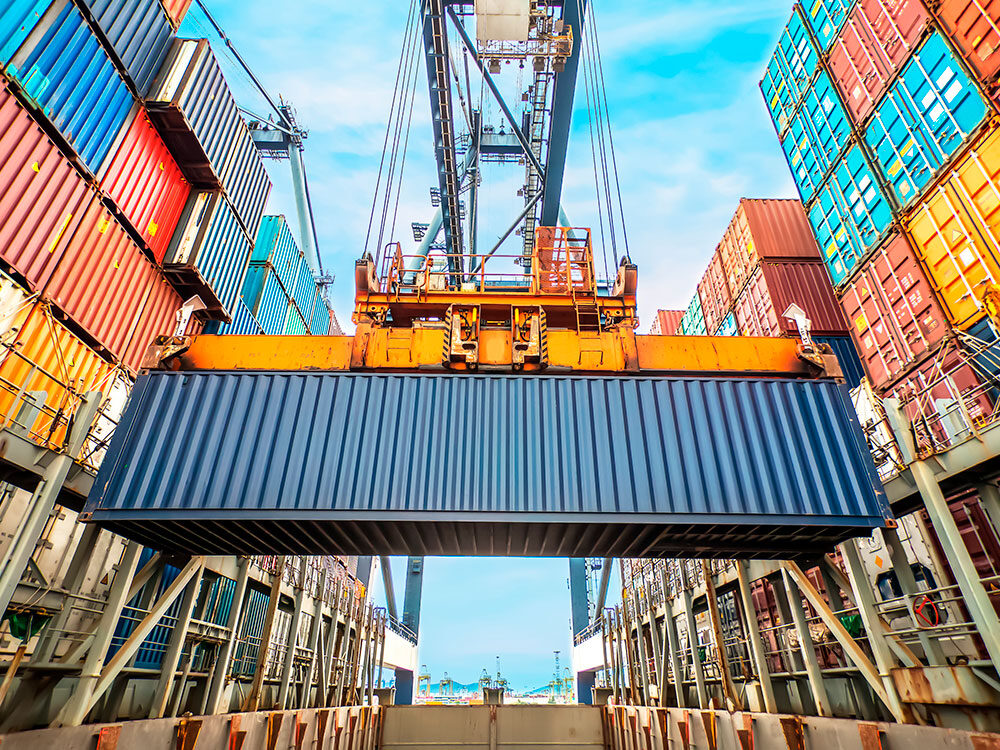Few products require as much global standardization yet local adaptability as shipping containers. Each region, country, market, and industry has specific requirements that must be met. Even within industries, different segments have unique transportation needs. However, amidst these specifics, there are general considerations and technical aspects of shipping containers that apply universally across all sectors and regions. Do you know what these are and why it's important to understand them?
Global commercial activity via sea routes is experiencing historic volumes, and with this growth, the use of shipping containers for transporting goods of all kinds is increasing, according to the United Nations Conference on Trade and Development (UNCTAD) in its annual Review of Maritime Transport 2018. The report noted a 6.4% increase in the use of shipping containers in the past year, contrasting with a notable decline in international trade via tankers.
"The most dynamic segment in maritime transport is containerized trade, which has maintained an average annual growth rate of 8.1% for over four decades," states UNCTAD in its report.
Therefore, if you're interested in participating in global commercial activities, you'll likely need a container. However, it's crucial to use a shipping container that meets both minimum general specifications and the specific requirements for the product you intend to transport.
Here are some important details you shouldn't overlook:
As an example of the diverse requirements, you can refer to the standards catalog published by ISO for various uses of shipping containers. This organization sets quality standards that vary by industry and even by container part.
Furthermore, the International Convention for Safe Containers — to which Mexico is a signatory — establishes minimum safety characteristics that containers must meet for trade, including how their certification is verified.
According to the document:
"A container is deemed to meet the required safety conditions if it is made of suitable materials and successfully passes the following tests without suffering deformations or permanent abnormalities that would prevent its intended use."
STACKING OF CONTAINERS
The tests under this international convention include the following procedures:
- Lifting: The container, loaded as prescribed, will be lifted in a manner that avoids significant acceleration forces. After remaining suspended or supported for five minutes, it will be lowered to the ground. This test simply involves lifting the load, measuring its weight, and ensuring it meets required international parameters.
- Stacking: This test verifies that the container can be safely stacked atop another without damaging its own or other cargo, and that its weight does not cause harm during transportation. Passing this test means the container is deemed suitable for a specified static stacking weight, as indicated on the safety approval plate with the words: Authorized stacking weight for 1.8 g (kilograms and pounds).
- Concentrated loads: This test applies pressure to the container roof to confirm it can support the weight of another container.
- Transverse rigidity: The empty container is placed on supports at each lower corner and secured to prevent lateral and vertical movement. This test verifies its structural integrity during transport and handling.
- Longitudinal strength: Containers must withstand jerks and external forces during transport without compromising cargo integrity. This impact test ensures the container interior and contents remain unaffected.
- External walls: Testing ensures external walls can withstand forces and impacts to protect cargo.
- Side walls: Side walls undergo similar tests to withstand a load no less than 0.6 times the maximum authorized useful load.
If you're considering purchasing a shipping container to transport your goods safely and in compliance with Mexican and international regulations, seek advice from a certified and experienced supplier. For more information or assistance, contact a Dracontainers advisor.









